Earlier this year, National Museums Scotland launched its first MOOC!
If you are not familiar with the term, MOOC stands for Massive Open Online Course. Over 7,000 people signed up to our online course, which ran in partnership with the University of Edinburgh and Coursera and was inspired by the exhibition Photography, A Victorian Sensation . People joined the course from 146 countries, including Australia, Canada, Brazil, India, Germany and USA.
The course aimed to introduce people to the history of photography in the 19th century, by combining theory with practice over five weeks. There were audio and video lectures, handouts, assignments and discussion forums. This is just one of the many videos that were used during the course, but you can find more here.
A
The MOOC gave people an introduction to processes, people and images associated with early photography, starting in 1839 when Louis Daguerre announced the daguerreotype image in France, and WHF Talbot unveiled the calotype process in England.
In the final week, we asked course participants to share with us their own family album photographs and here are just a few of the wonderful personal stories we uncovered.
Beverly Mackay
This photograph from my family album is special for me because it is the only photograph I have ever seen of my grandmother. I didn’t even know it existed until a few years ago, when a chance remark to my cousin revealed that she had this.
My grandmother was born around 1880 and I never met her or knew very much about her. I think my own family photos from today all seem a lot happier!
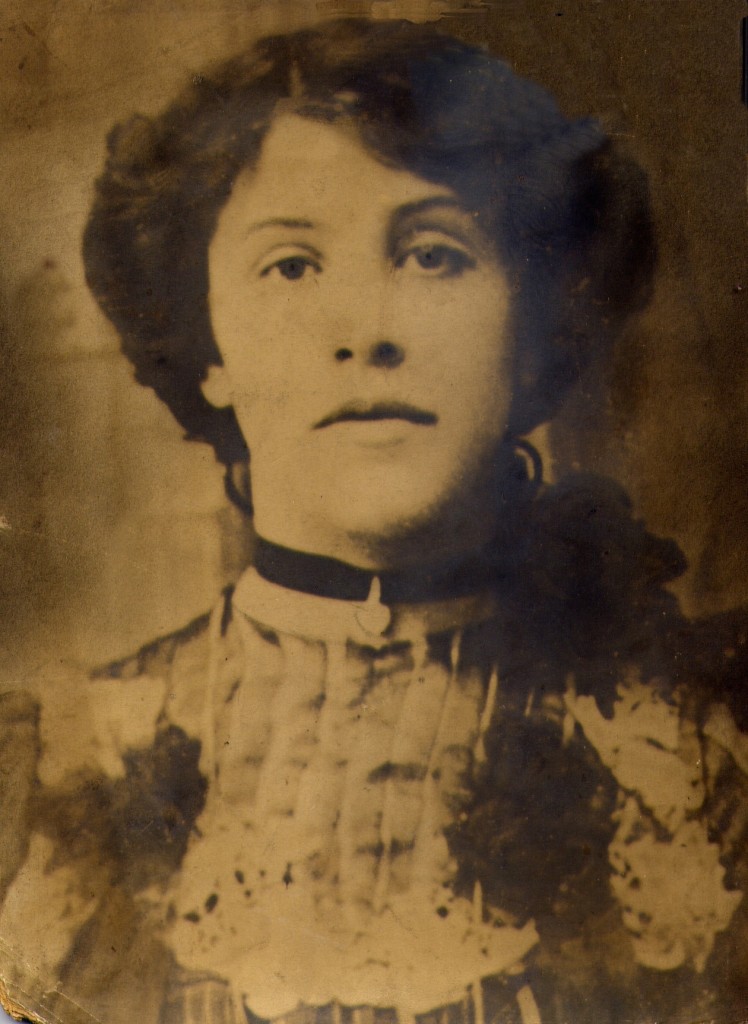
I sometimes wonder what will be said about our photos in 100 years’ time when our descendants browse through them. As we take so many pictures today, will they still be able to pick out ones that are special?
Here is one that I think of as special. This one of my family is quite rare because we are all in it! Usually one of us is taking the photo, but we had the camera set on self-timer. The Christmas jumpers were a surprise that one of my daughters and I produced for us all on Christmas day, so we had to get a picture of them!
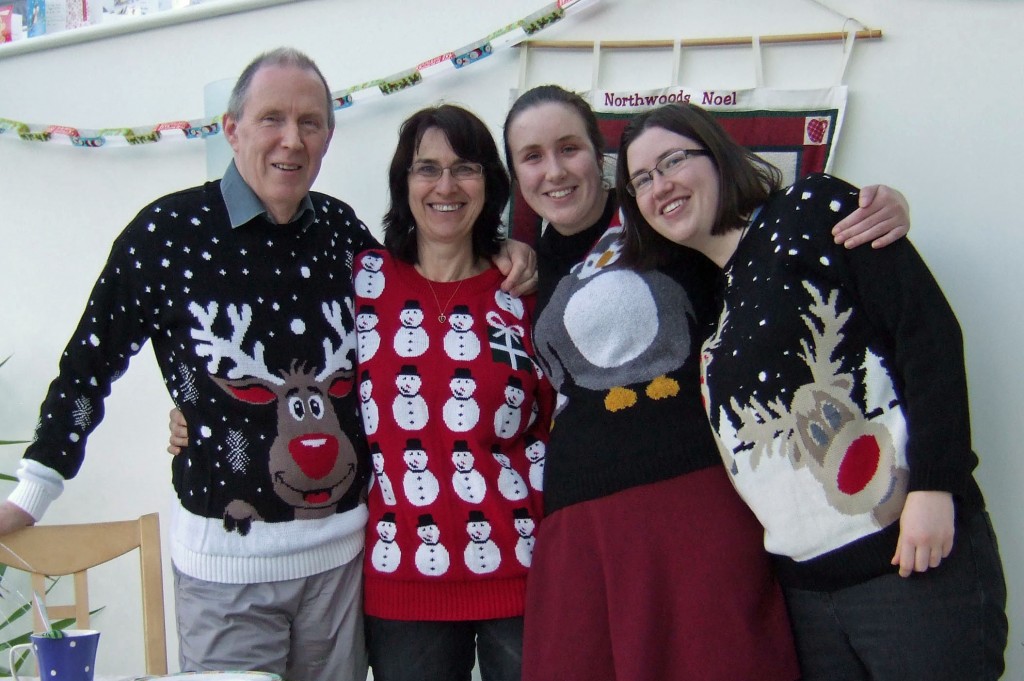
-
Eileen Krugel, Connecticut, USA
This photograph copy depicts my great grandmother and great grandfather with the first five of their 15 children. We estimate the year as being 1901, this is based on the age of my grandfather who is being held by his father on the left. The other children are all my great aunts. These are my maternal great grandparents who came to Ansonia, Connecticut around 1888-1890 from Ireland. They met in Ansonia.
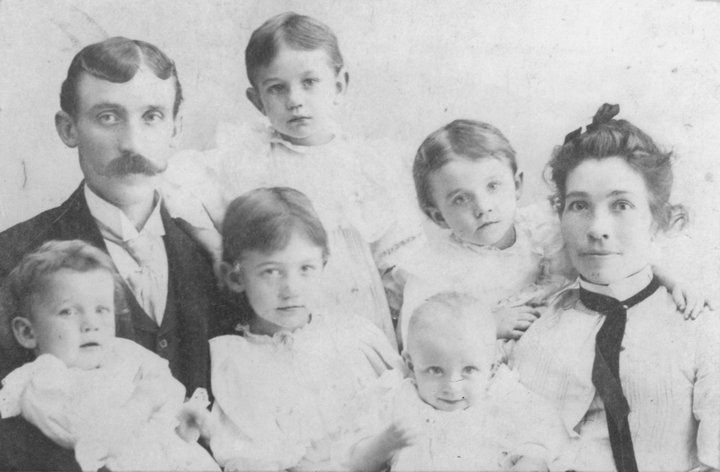
Photograph submitted by Eileen Krugel, this shows The Cronins family. In researching their marriage certificate; I discovered that prior to marriage, my great grandmother lived just a few blocks from my home. I now think of her whenever I pass her street. She had lived to the wonderful age of 103, but my last memory of her was when I was about 10-years-old. My great grandfather passed before I was born.
About 30 years ago I did have the original photograph to make a 4×5 negative, but the original has since been passed on to someone else in the family. What always intrigued me on this photo was the close camera view. While one would think this may have been cropped, I think they wanted to focus more on their faces. There is also the thought that they didn’t have much money and their clothing was not up to par. They also have a very plain background, which actually highlights their faces. I do not know who took the photo, but I have records of a few thriving photo studios in those early years of this booming industrial town, (My great grandfather worked in the brass factories, within walking distance from his home). Due to the number of their offspring, today, a typical conversation with locals of Irish decent would eventually lead to another relative to add to the family tree.
Elizabeth Pigou-Dennis, Jamaica
The photo is of my Grandmother. The back of the photo is inscribed: Garcia’s Studios, 70 King Street, Jm. (Jamaica). It is undated, but I’m thinking it’s in the 1940s or thereabout.
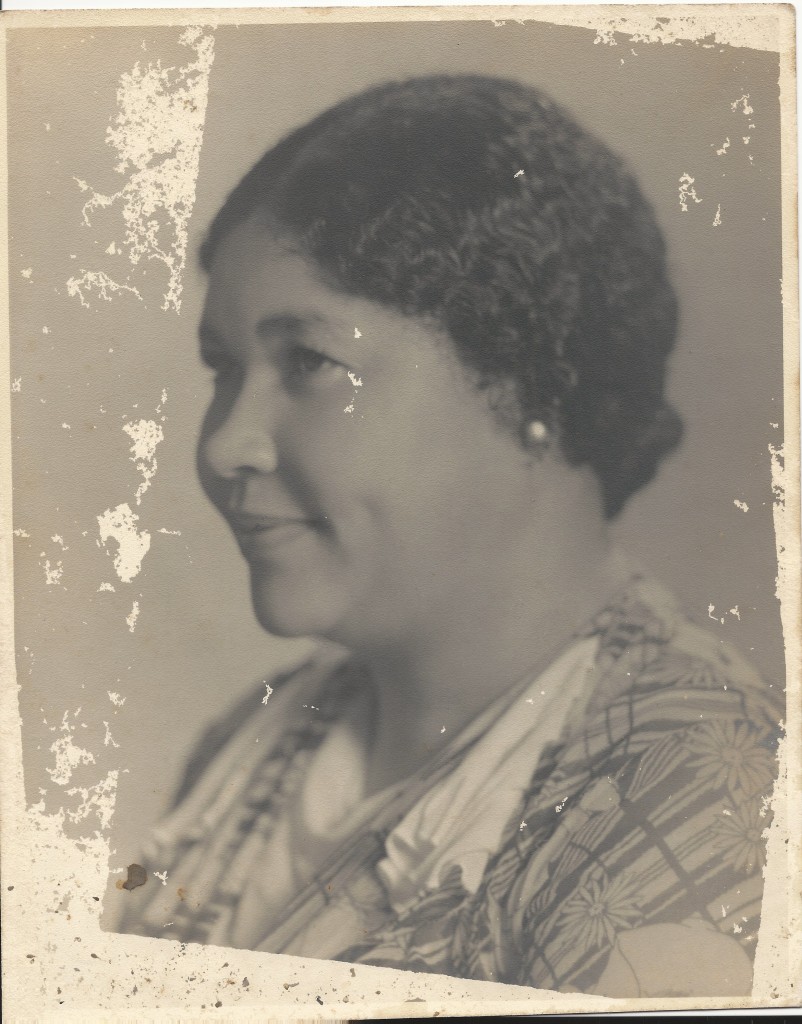
I couldn’t resist posting another photograph – this one dates 1872, and is of a little girl who was a relation of my (trans-Atlantic) paternal Great-grandmother.
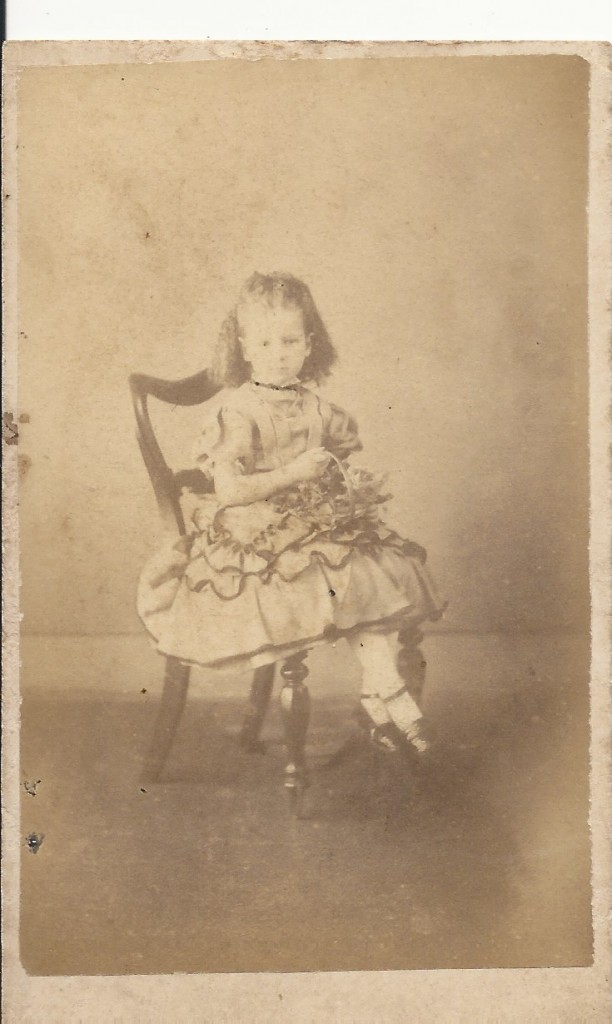
John Keith Hosker, Wirral, Liverpool
This is a scan of the only photo I have of my maternal grandparents Charles Valentine and Lucy Musker. I never knew them as I was born after they had both died.
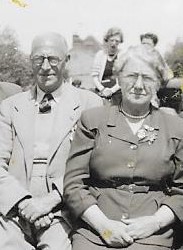
I always have had a bit of a soft spot for him (guess which day his birthday was on?), especially with him being a 6-foot Birkenhead policeman when younger! I also discovered that not only did he take part in the 1919 police strike, losing his job as a result; he was the local Branch Secretary of the National Association of Police and Prison Officers. I have read quite a few of the documents written by him at the time and they are really well constructed and eloquent. I have worked in management nearly all my life and I have a union activist in the family, which used to raise the odd eyebrow! I have a few photos of my paternal grandparents but nothing further back on either side although I can trace both parental lines back 12 generations.
We were overwhelmed by the response and the wonderful details of their families that MOOC participants shared with us.
To see even more wonderful photographs, there’s still time to visit the Photography: A Victorian Sensation exhibition before it closes on Sunday 22 November.